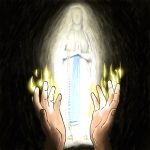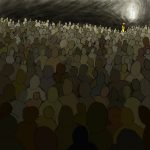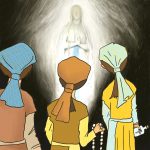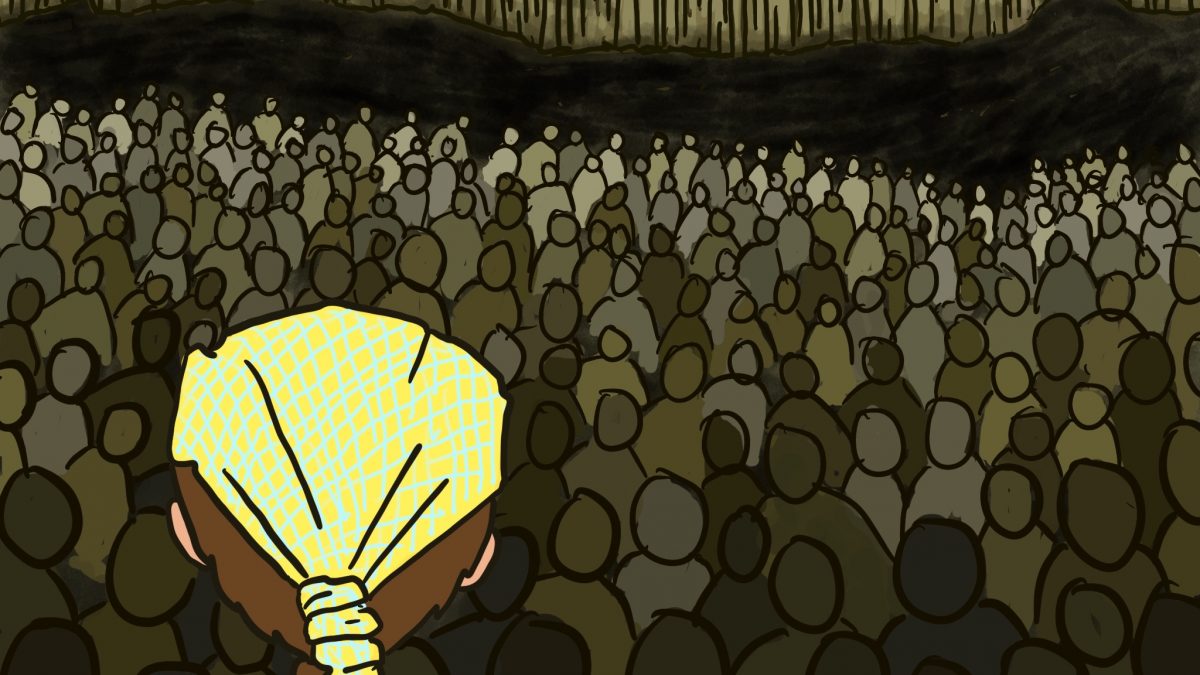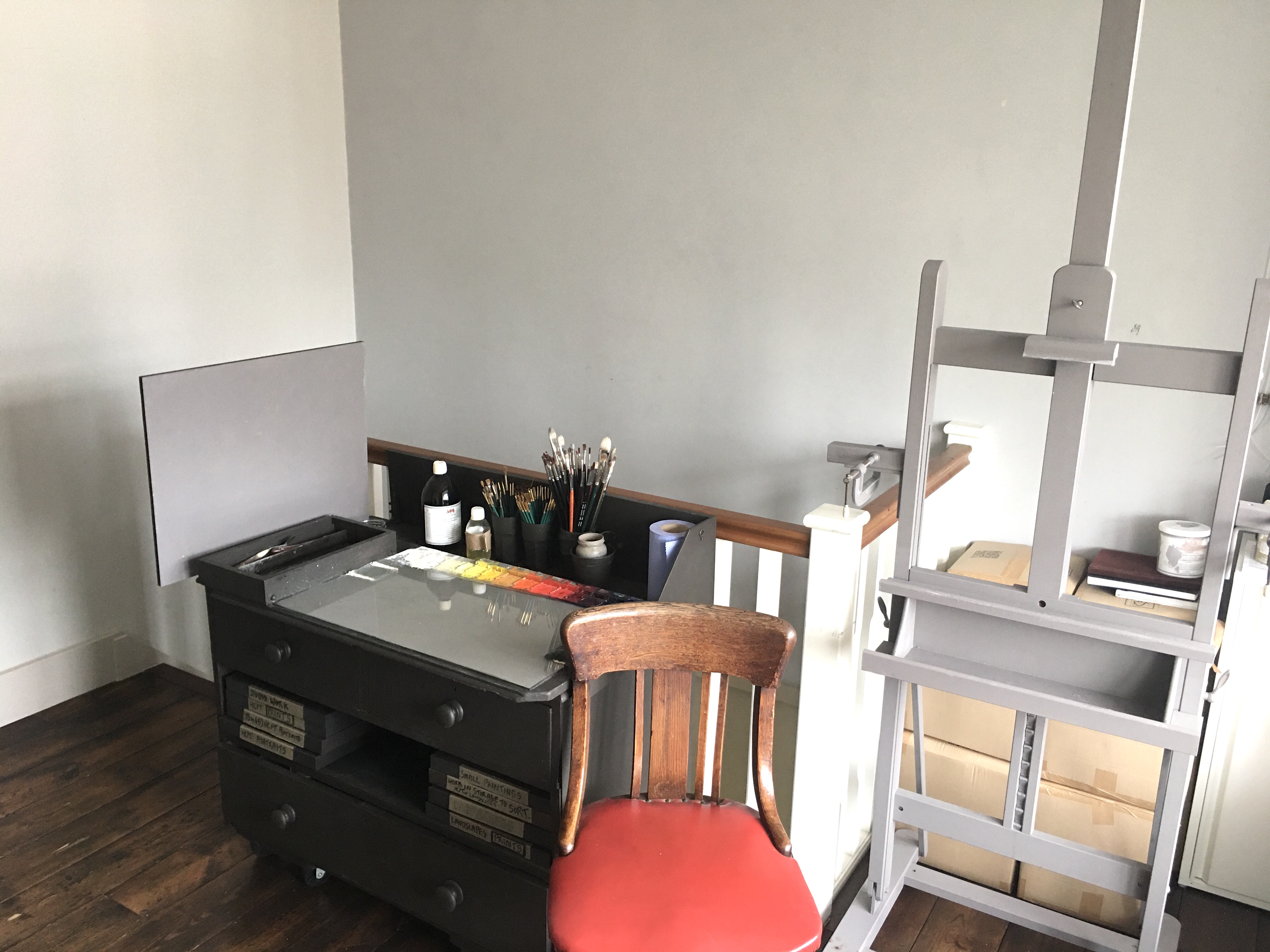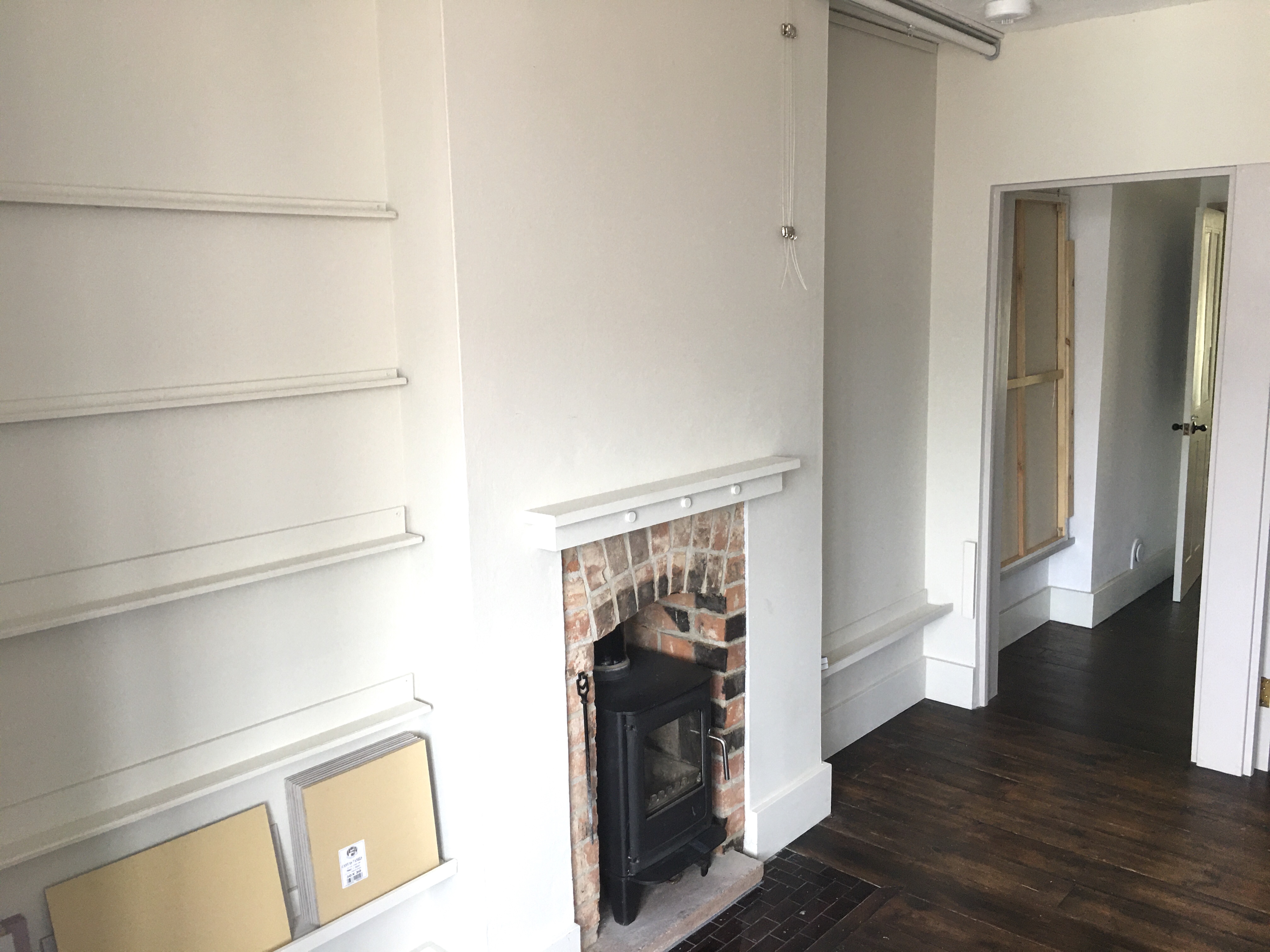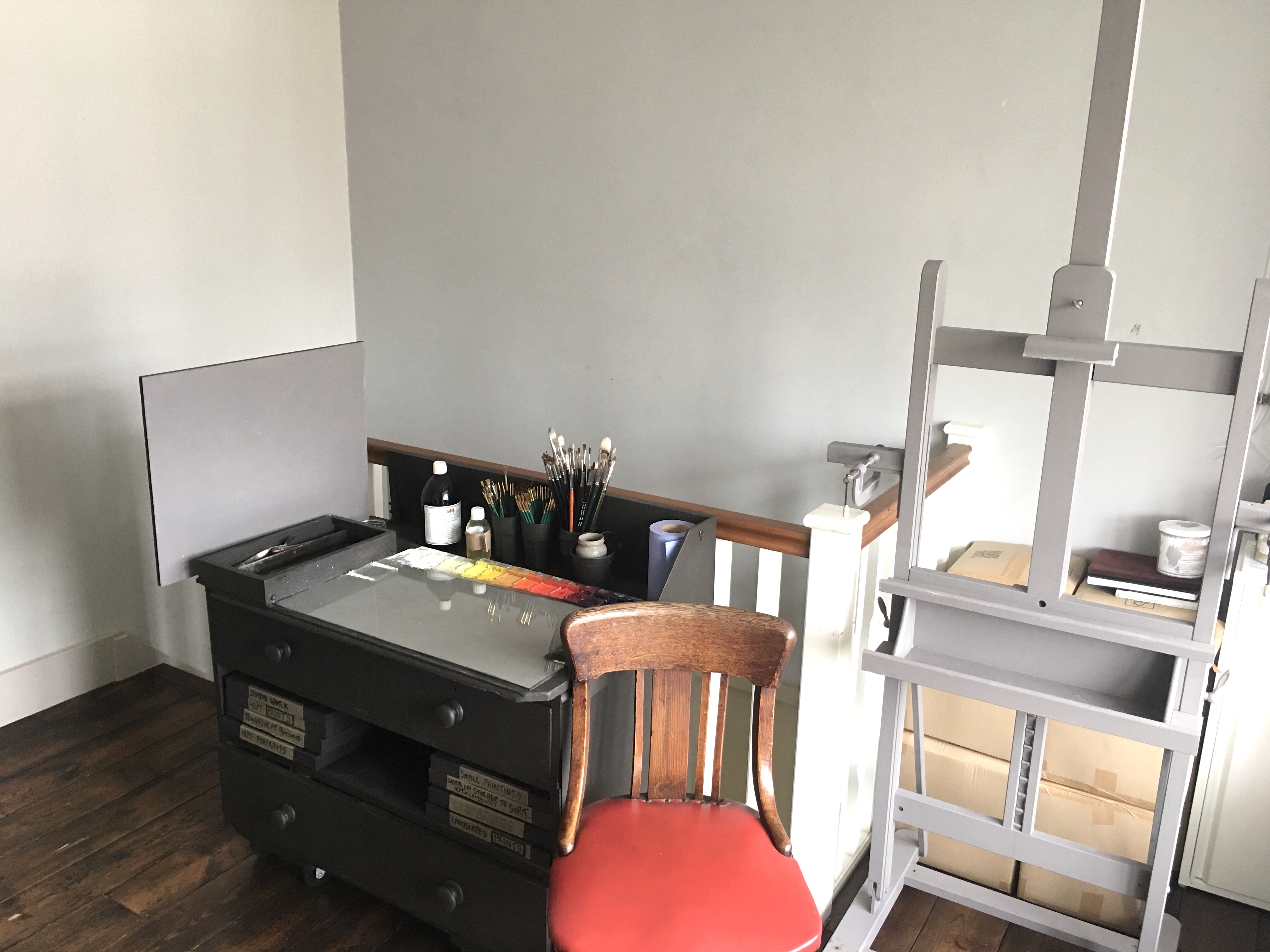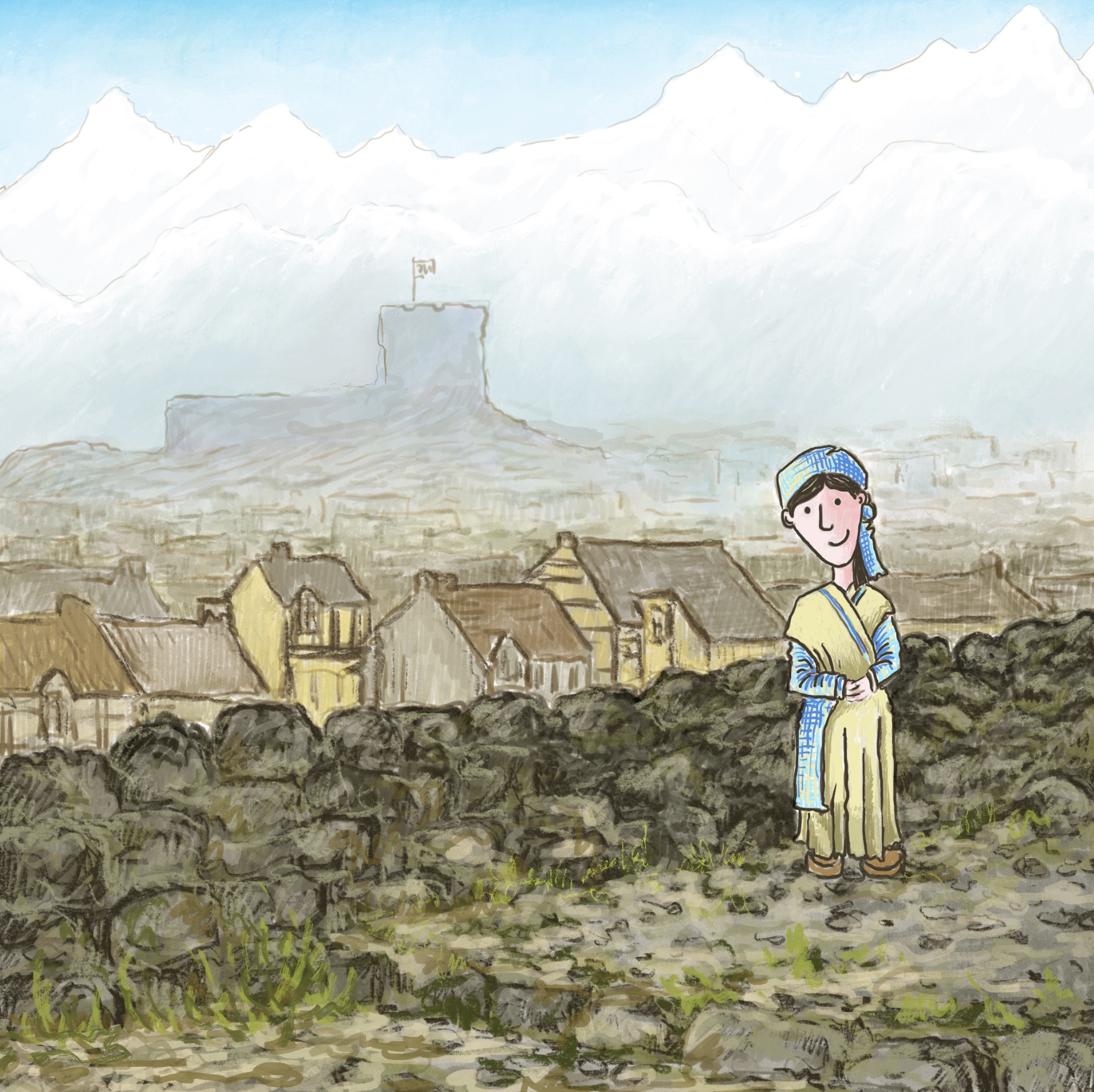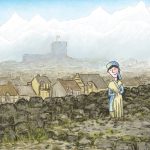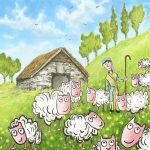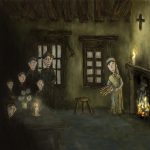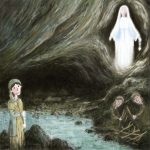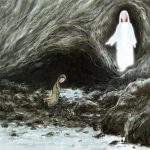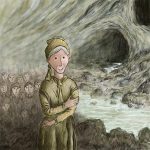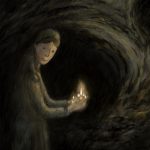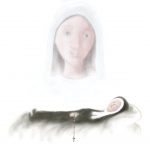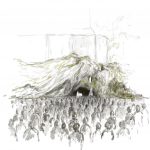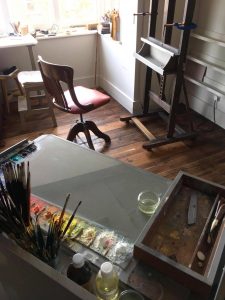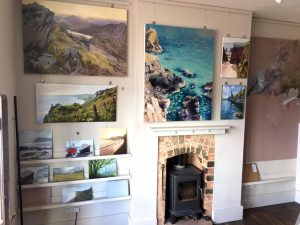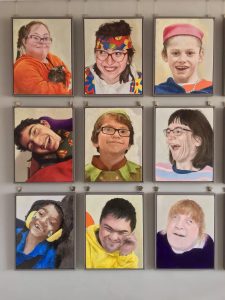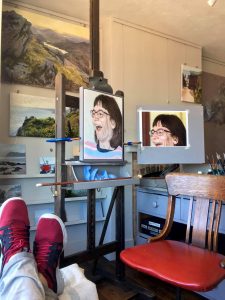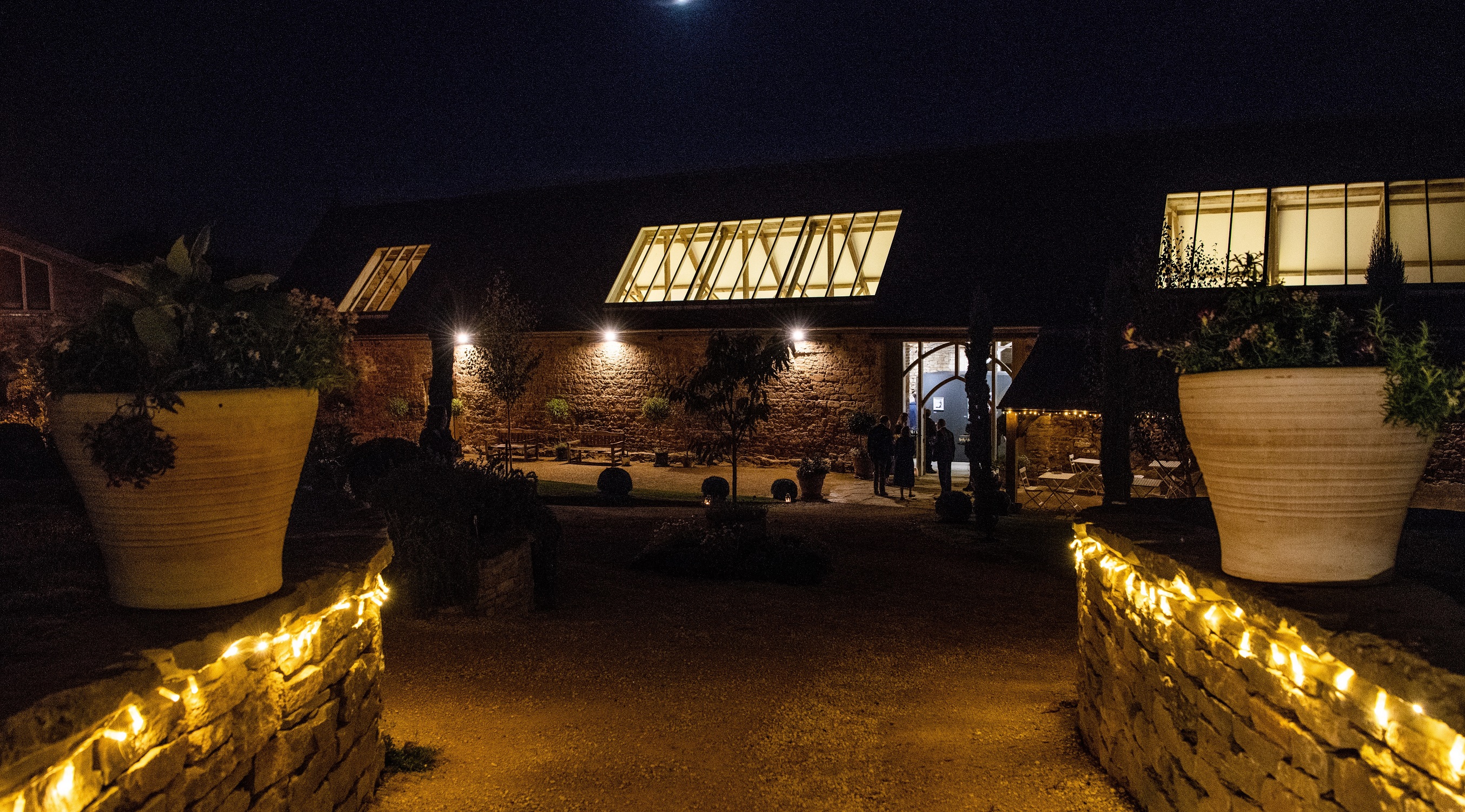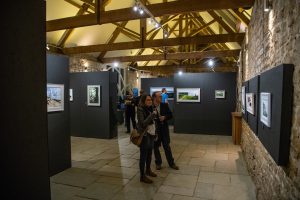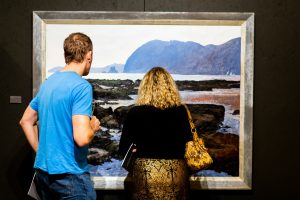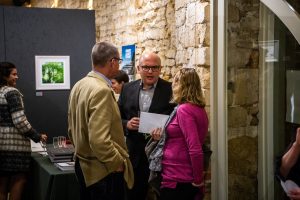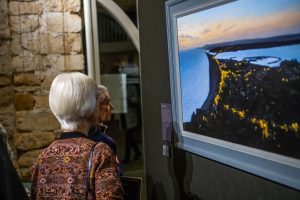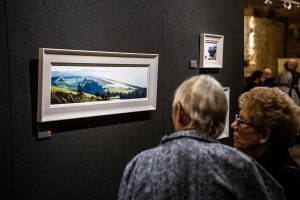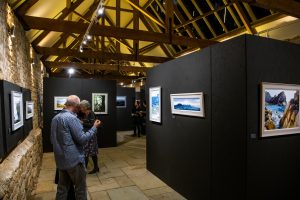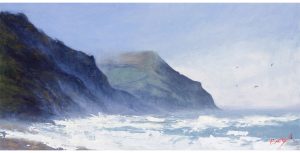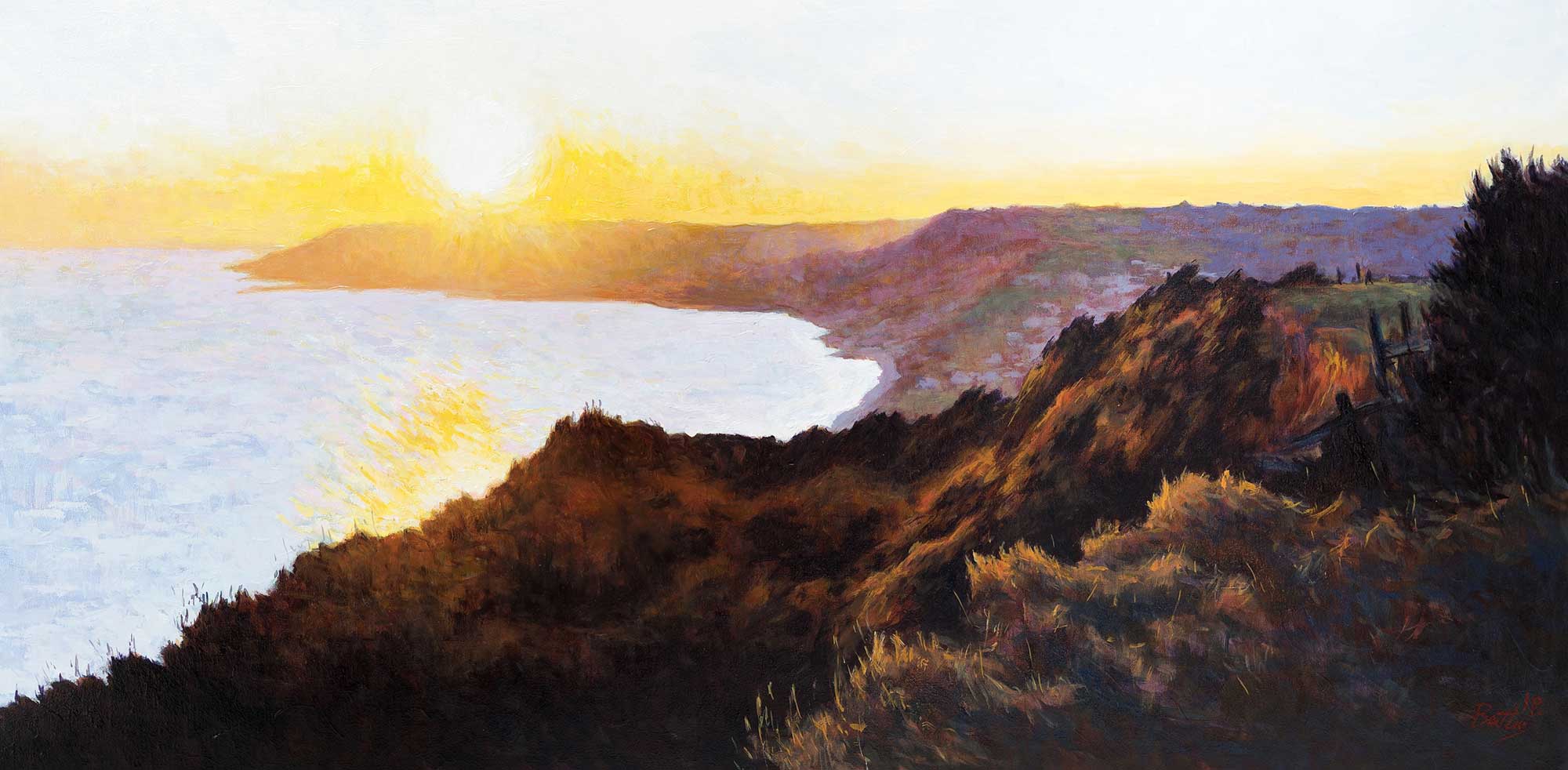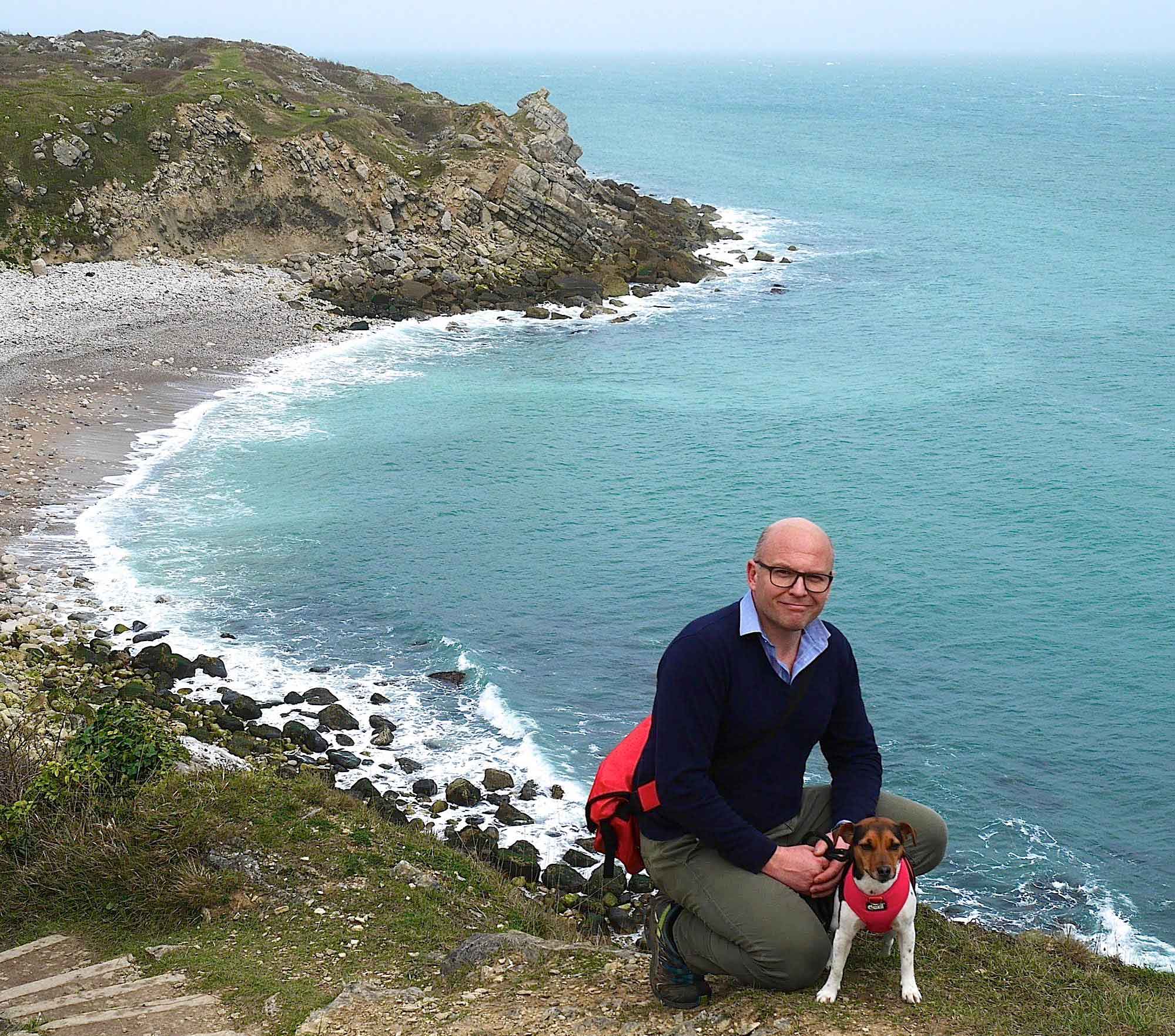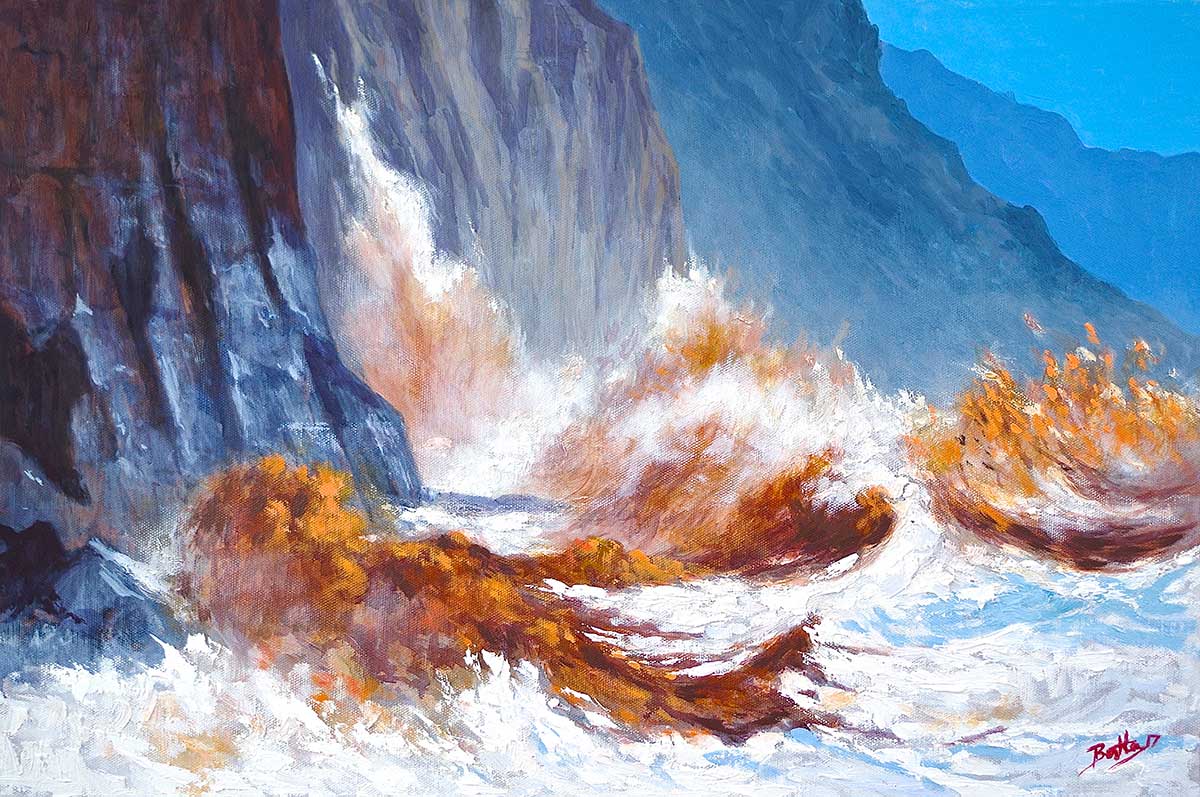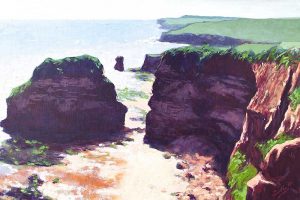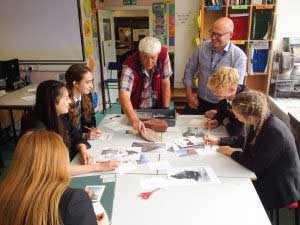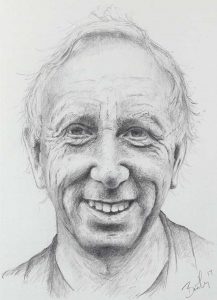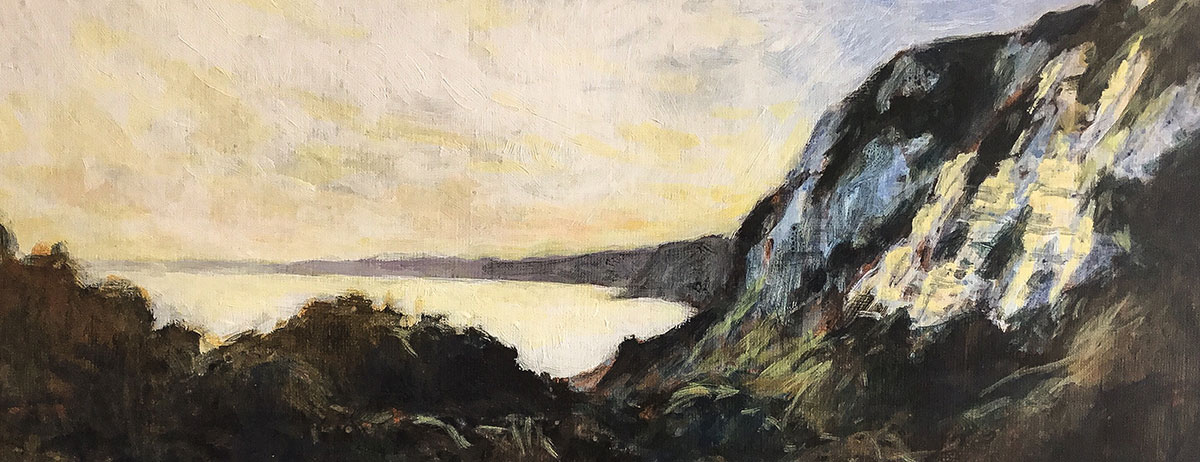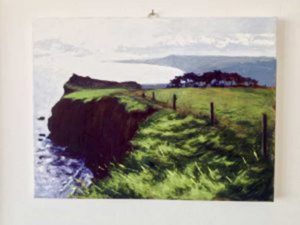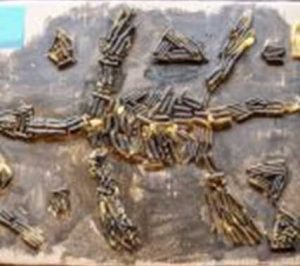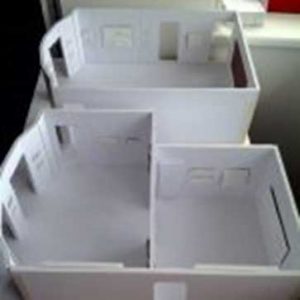The latest illustration project
Last September, the charity HCPT asked if I could do another illustration project with them. HCPT is a charity that means a lot to me, so I jumped at the chance of supporting them again. My last illustration project was the Story of Bernadette that we launched online during the pandemic. I had so much great feedback and many people said how much it meant to them at a time where they couldn’t travel to Lourdes.
The latest project was to illustrate all 18 of the Lourdes apparitions – a difficult task to do.
HCPT provided me with a script of the text that would be spoken over the animations, and I made a start. I worked on each of the 18 animations in numerical order and started by designing a rough layout. Some of them were very challenging and some were much more simple. I tried to think what the atmosphere would have been like in Lourdes all that time ago – the wonder, the mystery, the confusion, the fear, the gossip, and the growing spectacle of the crowds – it must have been an incredible place during that time.
Over the 3 weeks I worked on this project, I got to know the story of Lourdes a little more, and I feel I’m better connected to the place I visit each Easter with the HCPT group I volunteer with.
I’m finding that the illustration work is becoming increasingly important in the studio and it’s effecting the way I paint. The oil painting influences the illustration work, and the illustration work influences the oil painting – both are as important.
I treated each of the 18 apparition animations as a piece of art – each to be viewed in isolation, and each has a message. I wanted the viewer to feel the excitement of the scene, the fear, the isolation, the enormous crowds, the frustration, the faith, and the bravery.
In its really basic form – it’s a story of a small girl doing something extraordinary – something brave and showing incredible commitment, faith, love and courage. It’s a story well worth sharing.
